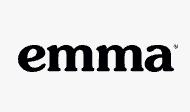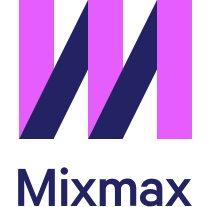Benchmark Email vs Mailchimp
Hyperise integrates with 100's of sales and marketing tools, many of which are in the Email Marketing category. With so many to choose from it's sometimes hard to know which is best, but don't worry, we've got your covered.
In this comparison guide we're going to look at the Highlights, Pros, Cons and Pricing of Benchmark Email and Mailchimp. We'll also delve into the details of which offers the best personalization options within Email Marketing, with there respective Hyperise integrations

Benchmark Email
Pricing: Benchmark Email pricing ranges from $9.95 to $149.95 per month depending on the type of plan selected. The most popular Pro plan is available for $14.95 per month and includes access to all of the platform’s features.
Vs
Mailchimp
Pricing: Mailchimp's pricing plans vary, depending on the features and services you need. The most basic plan starts at $9.99 per month for up to 500 contacts. Prices increase with the amount of contacts and features you need, such as automation and advanced segmentation tools. The highest plan is the Premium plan, which costs $299 per month and can support up to 50,000 contacts.Benchmark Email vs Mailchimp Highlights
Benchmark Email and Mailchimp are both reliable email marketing services that provide users with the tools needed to manage effective campaigns. The two platforms differ in several key areas. Benchmark Email offers a more user-friendly interface and easier-to-understand features. Additionally, Benchmark Email provides an array of features unique to its platform, such as A/B split testing, email automation, and custom autoresponders. Meanwhile, Mailchimp offers a variety of advertising solutions, making it a better choice for users looking to engage in marketing across multiple channels. Mailchimp's premium plans also include advanced analytics and tools, making it the more powerful platform when it comes to data-driven campaigns. Ultimately, the right platform for you will depend on your particular needs, goals, and desired email marketing approach.
Benchmark Email vs Mailchimp Pros
Benchmark Email Pros
- Pros of Benchmark Email compared to Mailchimp:
- More flexible and streamlined interface
- Drag-and-drop email builder
- Comprehensive metrics dashboard
- Ability to save emails as templates
- Dedicated 24/7 customer service
- Advanced segmentation tool
- No account limits on contacts or emails
- Affordable for smaller businesses
- Integrations with third-party providers
- Easier to A/B test subject lines and emails content
- Automation capabilities with workflows and popup forms
Mailchimp Pros
- Mailchimp provides access to a broader range of automation tools and reporting
- Mailchimp integrates with a wide range of third-party platforms and apps
- Mailchimp offers a free plan for users with 2,000 or fewer contacts
- Mailchimp has an attractively designed user interface
- Mailchimp allows for the ability to create dynamic, segmented contact lists
- Mailchimp supports multilingual campaigns
- Mailchimp offers a suite of email testing tools to evaluate the performance of campaigns
- Mailchimp provides more sophisticated autoresponders than Benchmark Email
- Mailchimp provides better real-time analytics and reporting capabilities
Benchmark Email vs Mailchimp Cons
Benchmark Email Cons
- Benchmark Email has fewer integrations with other products than Mailchimp
- Benchmark Email does not offer audience segmentation, which is available in Mailchimp
- Benchmark Email's reporting features are limited when compared to Mailchimp's
- Benchmark Email has fewer templates than Mailchimp
- Benchmark Email is more expensive than Mailchimp for equivalent features
- Benchmark Email does not have an impressive mobile app like Mailchimp does
Mailchimp Cons
- MailChimp tends to require more set-up time upfront compared to Benchmark Email
- MailChimp is more expensive when it comes to higher volume email plans compared to Benchmark Email
- Benchmark Email has more features available compared to MailChimp
- Benchmark Emails customer service is better and more responsive than MailChimp
- MailChimps user interface can be more confusing and complicated to navigate compared to Benchmark Email
- Benchmark Emails segmentation and automation tools are more powerful than MailChimp
- Benchmark Emails email delivery rate is better than MailChimps
- MailChimps reporting options are more limited compared to Benchmark Email
Benchmark Email & Mailchimp Hyperise Integrations
Benchmark Email uses the Image embed method to integrate with Hyperise, giving a simple way to add personalized images to your messages.
Benchmark Email makes the following data points available to Hyperise, to enable personalization in images used in outreach and linked out to your personalized website landing pages.
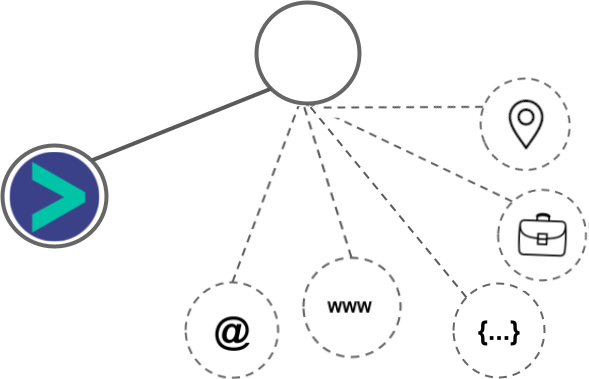
- Using business Email passed from Benchmark Email, Hyperise is able to enrich business logo and website screenshots. In some cases, with a business Email we're also able to enrich profile images, subject to the business email having a publicly available profile.
- Business name
- Job title
- Street
- City
- Country
- State
- Zip
Benchmark Email Integration Guide
Mailchimp uses the HTML code embed method to integrate with Hyperise, giving a simple way to add personalized images to your messages.
Mailchimp makes the following data points available to Hyperise, to enable personalization in images used in outreach and linked out to your personalized website landing pages.
- Using business Email passed from Mailchimp, Hyperise is able to enrich business logo and website screenshots. In some cases, with a business Email we're also able to enrich profile images, subject to the business email having a publicly available profile.
Mailchimp Integration Guide
 vs
vs 


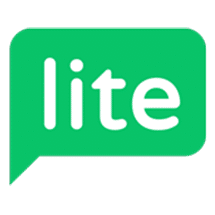

 vs
vs  vs
vs  vs
vs  vs
vs  vs
vs  vs
vs  vs
vs  vs
vs  vs
vs  vs
vs  vs
vs  vs
vs  vs
vs 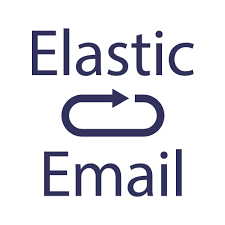 vs
vs 
 vs
vs 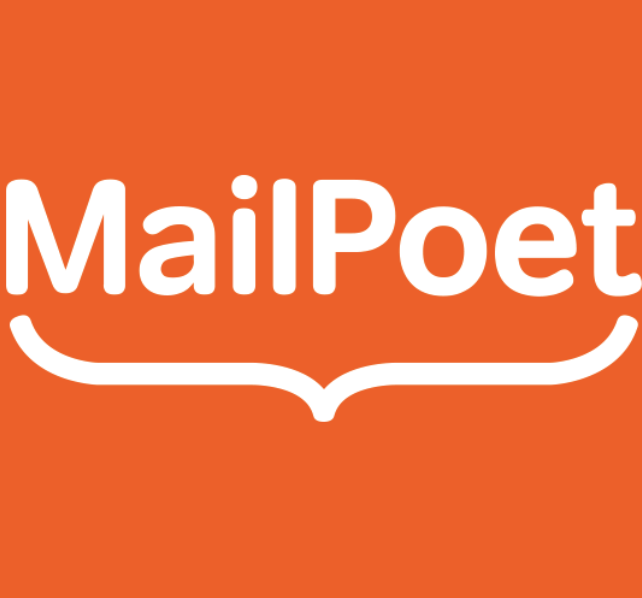 vs
vs  vs
vs  vs
vs  vs
vs 
 vs
vs 






 vs
vs  vs
vs 
